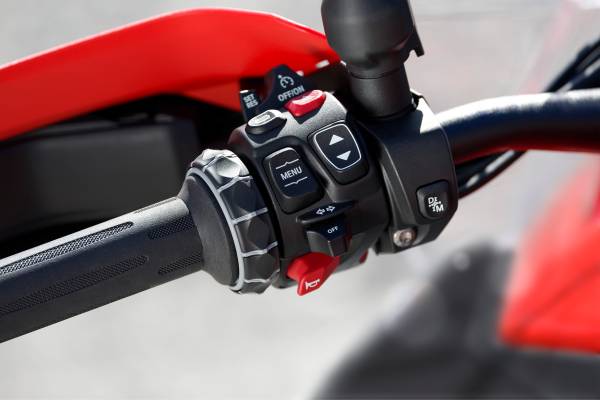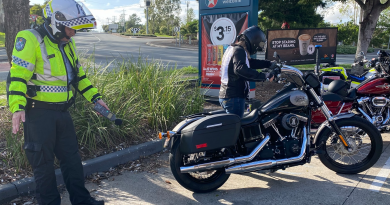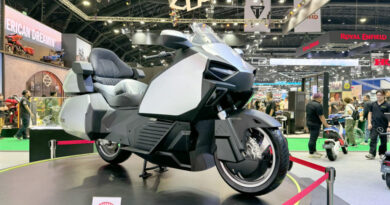BMW Automated Shift Assist Revealed
Automatic gearboxes on motorcycles is not a new thing, especially among small capacity motorcycles. However, manufacturers are starting to arm their motorcycles with such systems of late. The latest is the BMW Automated Shift Assist.
The BMW system, however, has a key difference compared to Honda’s DCT. Whereas the DCT system omits the gearshift lever for buttons on the handlebar, BMW’s system retains the lever. The only similarity is the deletion of the clutch lever.
The system uses two shifting modes, ‘M’ and ‘D’. In M (manual) mode, the rider still moves the gear lever and decides when they want the bike to shift either up or down. Switching to D (drive) mode enables automatic up and downshifts by the gearbox’s ECU.
The manufacturer says that the system is to “Simplify your ride”, by using an automated clutch and shifting mechanism, without “sacrificing the emotionally important dynamics of shifting.”
How it works
Two electromechanical actuators automate the clutch and gearshift of the six-speed transmission, meaning there is no need clutch lever.
It allows you to accelerate like a scooter by twisting the throttle.
The clutch is automatically actuated once you come to a stop again.
The rider’s shift request is transmitted to the control unit via a gearshift lever sensor, which is actuated by the gear lever.
Additional sensors gauge the revs of the transmission input shaft and the clutch position.
This data is fed to the Transmission Control Unit (TCU), which, along with the bike’s ECU, decides on how much clutch pressure to apply to enable the shift to take place.
BMW has not announced which model will receive the ASA feature, despite the graphics showing a Boxer engine, and the picture showing the button on the handlebar of a GS. However, it adds 2kg to the bike over the conventional system thus the S 1000 RR and M 1000 RR should still retain the traditional transmission (thank goodness!).
The post BMW Automated Shift Assist Revealed appeared first on BikesRepublic.com.



